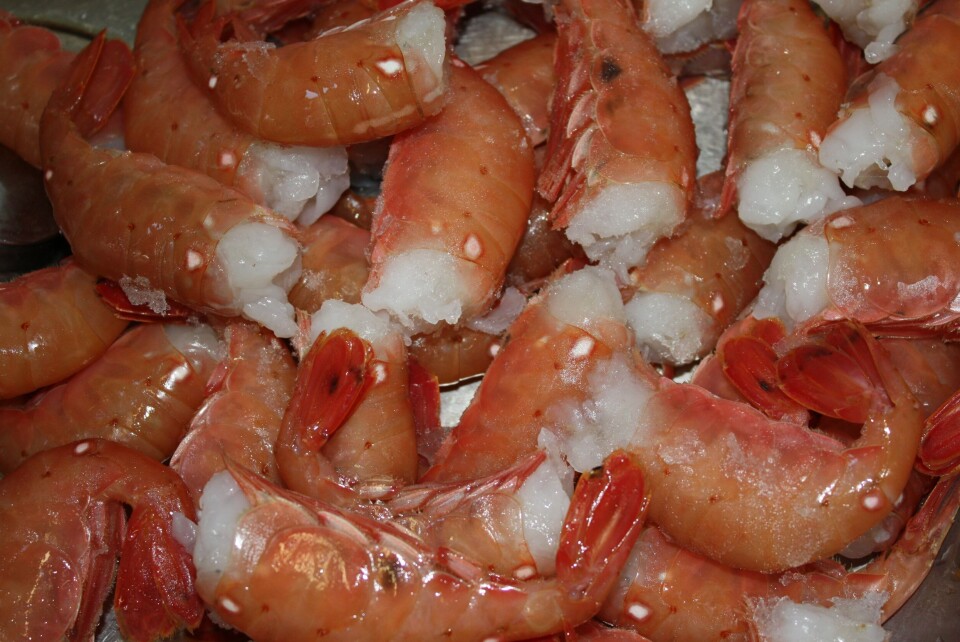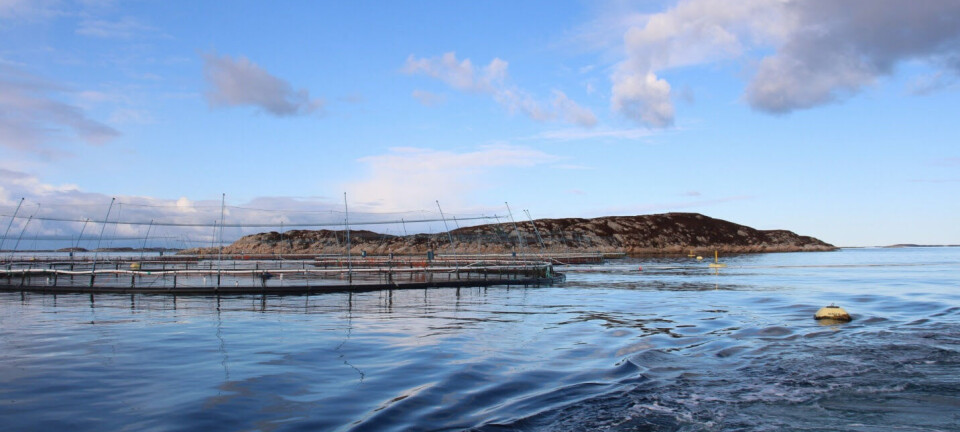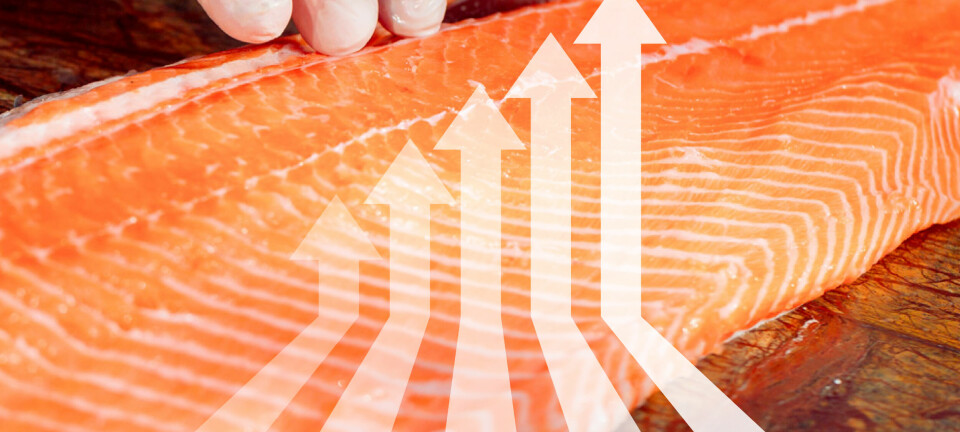
Shrimp most popular seafood in the US
Salmon is the third most popular seafood among consumers in the United States, following the average consumption of 2.6 pounds (~1.2 Kg) of canned tuna for each American (2011), who also ate about four pounds (~1.8 Kg) of shrimp. The salmon consumption per capita stood at almost two pounds (~0.9 Kg). Despite the large harvest of Pacific salmon in Alaska, US consumers seem to prefer farmed salmon, as about two-thirds of the annual consumption comes from farms- and most of the ~500 million pounds (227,000 tonnes)of salmon being imported into the US are farm raised. The National Oceanic and Atmospheric Administration (NOAA) provided the details;
In 2011, Americans ate 15 pounds of fish and shellfish per person. While our seafood consumption still lags far behind that of poultry, pork, and beef, it does add up to nearly 5 billion pounds of seafood per year, making the United States second only to China in seafood consumption. In 2011, we imported about 91 percent of the seafood consumed here in the United States. However, a small portion of these imports were caught by American fishermen, exported overseas for processing and then re-imported to the United States. The remaining 9 percent was produced entirely domestically. About half the seafood we eat is wild-caught; the other half is farm-raised, that is, from aquaculture. There's a bit of a grey area here, too, though—some "wild-caught" seafood actually starts its life in a hatchery. For example, salmon and red drum are often produced in hatcheries and then released to the wild to be caught. The same can be said for some mussel, clam, and oyster populations—in many cases, larval shellfish, or 'spat,' is reared in a hatchery and then planted in a natural setting to be harvested later. On the other hand, some "farm-raised" seafood such as yellowtail is caught as juveniles in the wild then raised to maturity in captivity. Why does it matter? It's important to know the source of your seafood because not all of them measure up the same. Some seafood is caught or farm-raised under regulations that protect the health of the marine environment, the animals that live within it, and the folks that eat it; however, some is not. By buying seafood from reputable sources, you're helping to conserve our ocean resources and support the economies and communities that ensure our seafood supply is safe, healthy, and sustainable.
Our top ten favorite seafoods in the United States haven't changed much in the past several years…but you might be surprised at where they come from. By far, shrimp remains our favorite type of seafood—Americans ate more than 4 pounds of shrimp per person in 2011. Although our shrimp fisheries are among the largest and highest valued in the United States, over 90 percent of the shrimp eaten in the United States is farmed overseas. In fact, shrimp makes up more than 30 percent of all seafood we import (by value). We mainly import shrimp from Southeast Asian countries like Thailand, Indonesia, and China, followed by Ecuador and Mexico.
Rich in omega-3s and flavor, it's no wonder salmon has been one of our top three favorite seafoods for nearly a decade. With increased availability of fresh and frozen farmed, wild, and hatchery-reared salmon, access to this healthy, delicious seafood has increased. We ate nearly 2 pounds of salmon per person in 2011. To feed this demand, we import a half a billion pounds of salmon each year to supplement the supply that comes from our valuable commercial fisheries from Alaska to California and salmon farms in Maine and Washington State. Two-thirds of the salmon we eat is farmed, mainly imported from Norway, Chile, and Canada, with a small amount grown domestically. One-third of the salmon eaten in the United States is wild-caught, primarily in Alaska; and about half of this catch is from hatchery-reared fish released into the wild.























































